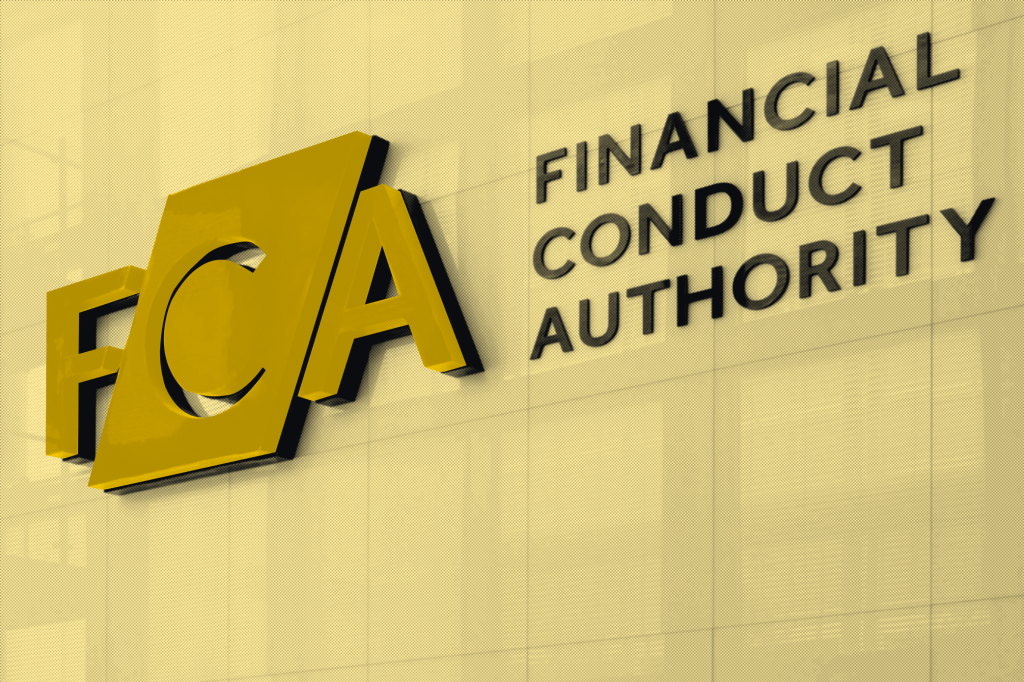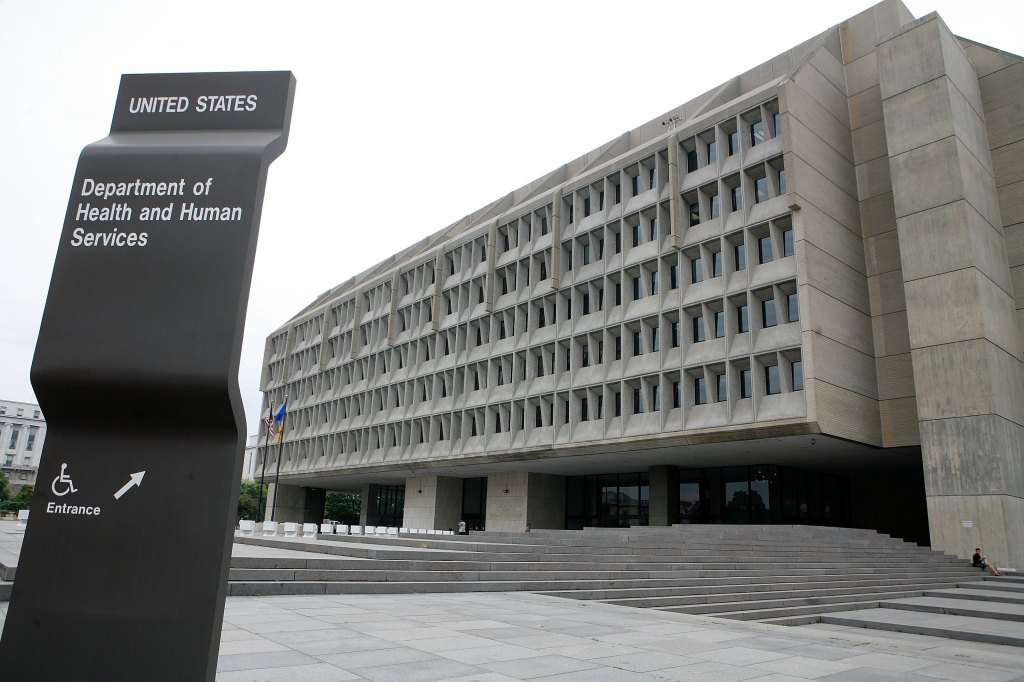With the new Global Internal Audit Standards coming into effect soon, internal audit leaders are implementing many of the updates outlined by the Institute of Internal Auditors (IIA). One new requirement that has garnered much attention is the need to create an Internal Audit strategic plan that encompasses every facet
Register for free to keep reading.
To continue reading this article and unlock full access to GRIP, register now. You’ll enjoy free access to all content until our subscription service launches in early 2026.
- Unlimited access to industry insights
- Stay on top of key rules and regulatory changes with our Rules Navigator
- Ad-free experience with no distractions
- Regular podcasts from trusted external experts
- Fresh compliance and regulatory content every day

















